Repair the damage caused by water may be your only choice to make your home fit to live in again after experiencing a plumbing problem or flooding from heavy rainstorm. Water damage repair is an issue that many folks overlook until a calamity happens. You’ve come to the right site if, like most people, you don’t know much of anything about flood and water damage restoration yet find yourself in need of restoring your house. Here are the top things you should know regarding water damage repair. Continue reading to learn what you can do to repair the situation and secure your family’s safety.
- Cut off water supply
If the damage is as a result of a leaking pipe or some other plumbing issue, cut off the supply of water from the main supply immediately. Every person in your home should know where the gate valve is located and how to work it. If the leak is coming from a washing machine or dishwasher, turn off the supply of water by twisting the pipe right behind the device.
- Contact the insurance company.
Contact the insurance as soon as you notice any water damage. They will provide you with information on what to do. They possibly could also cover the full or part of the damages, cutting down the cost of repair for you.
- Turn off the utilities.
To protect your loved ones, it may be essential to cut off the electricity and gas supply in the event of flooding or significant plumbing breakdown. You don’t have to do this if you have a tiny water leak. Instead, you should simply turn off the electricity at the main panel. Before attempting to unhook or remove electrical appliances from the flooded rooms, cut off the power supply to all of them.
- Dry the area
Before any harm may occur, you need to take out all wet materials and dry off the flooded areas. You may dry out the rug and other adjacent materials using a large blower or a large-capacity dehumidifier. While this may not entirely prevent the growth of mold, sufficiently drying out the site will assist in mitigating the damage.
- Take out the ruined materials.
If spongy materials such as the wall insulation or the carpet gets wet, you need to dispose them quickly to thwart growth of mold. It is essential to begin with the flooring and ceiling. This implies that unsealed cement, wall cladding, and hardwood needs to be treated or replaced to ensure the property’s structure can endure restoration.
- Make contact with water damage repair experts.
It is preferable to have a restoration partner on-site during any water occurrence to assist you in preserving and rehabilitating your property to its pre-damaged state. Water damage repair contractors have cutting-edge gear and strategies for recovering water-damaged structures. They appreciate your property in the same way that you do. They received instruction on coping with disasters of any scale, and they are also swift on their feet.
Conclusion
Whereas water damage may be very distressing for property owners, you can take the correct actions to return your house to normalcy. To minimize health risks, it’s essential to thoroughly scrutinize the water damage before proceeding with your repair. If you need advice or think the damage is beyond your capabilities, it’s always prudent to leave the restoration services to the professionals.



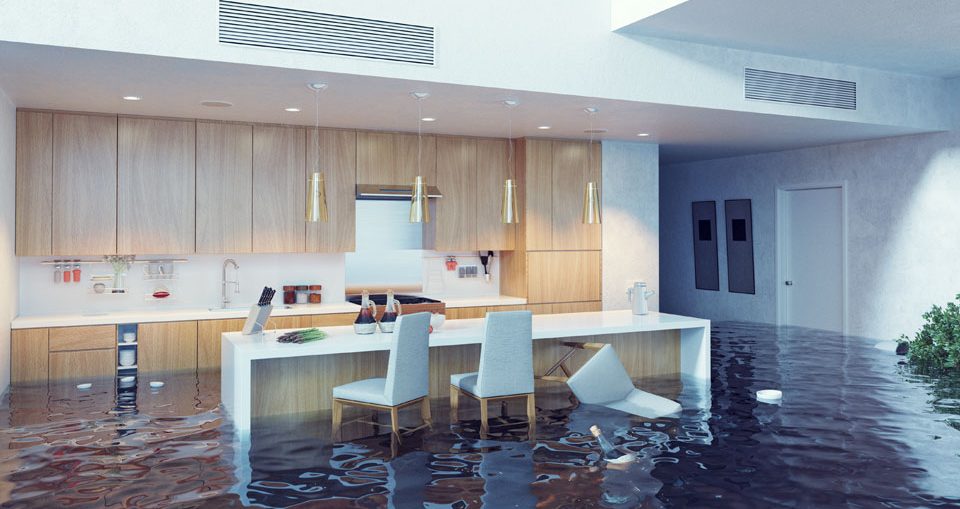

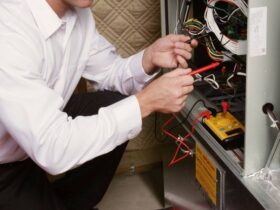

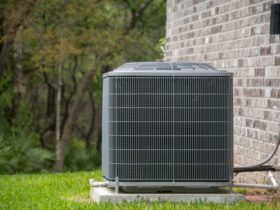











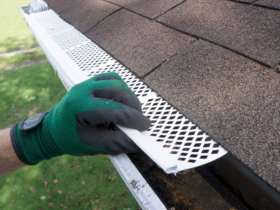
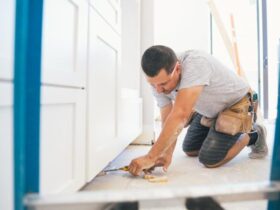
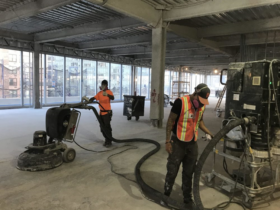

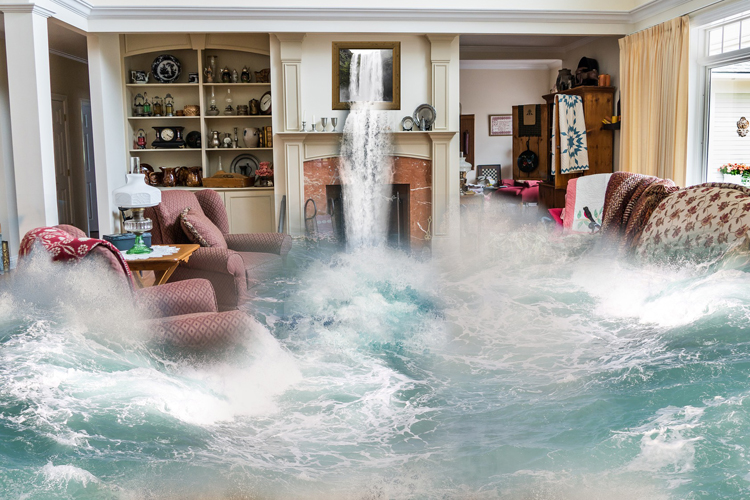




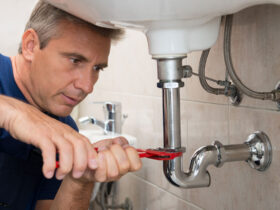
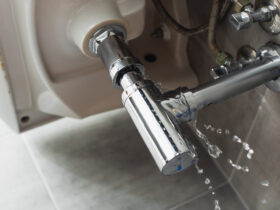
Leave a Reply